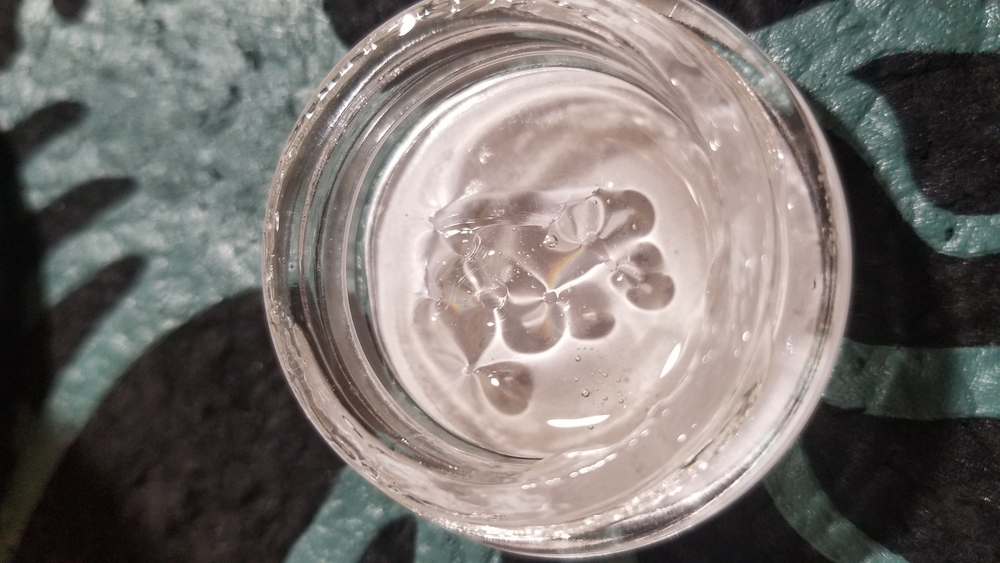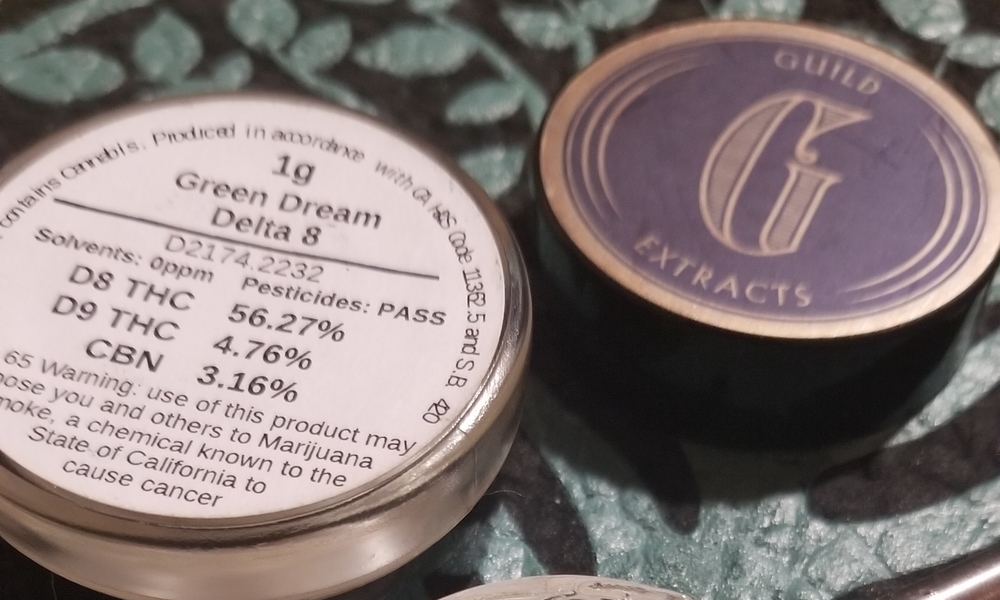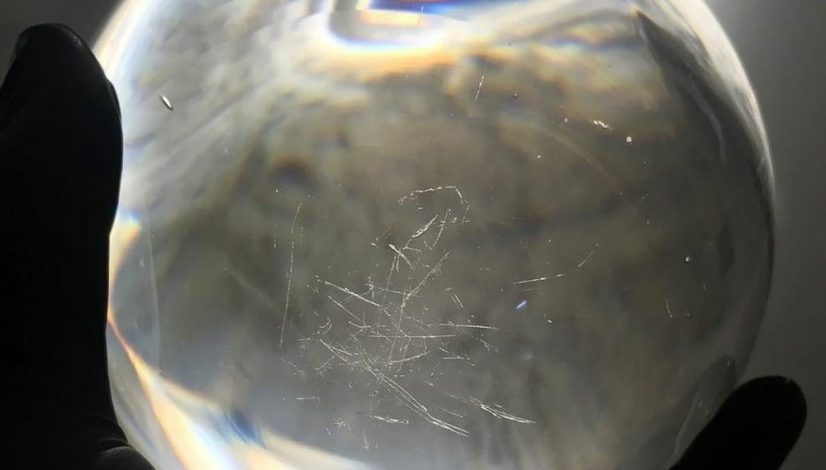The Therapeutic Benefits Of Dabbing Delta-8 THC
The post The Therapeutic Benefits Of Dabbing Delta-8 THC appeared first on High Times.
Most people think of delta-9 when talking about THC. Delta-9 THC is responsible for the strong psychoactive high you get after consuming cannabis. However, delta-9 THC isn’t the only cannabinoid with psychoactive effects. You may not have heard of it, but delta-8 THC is a double bond isomer of the more common delta-9 THC. While it may not be as strong as delta-9, delta-8 THC is still more than capable of getting an individual high with additional therapeutic benefits.
History Of Delta-8 THC Use

The primary focus of clinical studies has been delta-9 THC, and more recently, CBD. On the other hand, there has been little research into delta-8 THC.
In 1974, government researchers performed a study on mice to find out if delta-8 harmed the immune system. Instead, what they discovered were the cannabinoid’s cancer-killing abilities. One would think the discovery would be breaking news and more research would get conducted. However, other than a few studies, delta-8 has been kept mostly out of the public eye. It took decades for the government to even admit that delta-8 could kill cancer cells.
A 1995 study conducted by Shaare Zedek Hospital, Bikur Holim Hospital and the Hebrew University located in Jerusalem gave children with cancer delta-8 THC. The lead author, Dr. Raphael Mechoulam, was the head of the team that first discovered delta-9 THC. The study authors noted that at the time of the article being published, there had been 480 successful treatments of cancer with delta-8 THC. Additionally, the cannabinoid made participants stop vomiting.
Another report by the National Cancer Institute found delta-8 THC, delta-9 THC and CBD all had the ability to stop tumor growth.
There have been a couple of U.S. patents filed—more than a decade ago—with instructions on how to get to delta-8 THC.
The first is a United States patent with instructions on the conversion of CBD to delta-8 THC from 2004. The second patent, on the anti-emetic uses of delta-8 THC, goes over the active ingredients in the pharmaceutical composition used in research.
Additional Therapeutic Benefits
Delta-8 is capable of connecting to the same CB1 receptor as delta-9 THC would, as well as the CB2 receptor.
The National Cancer Institute defines delta-8 THC as “an analogue of tetrahydrocannabinol (THC) with antiemetic, anxiolytic, appetite-stimulating, analgesic and neuroprotective properties.”
Antiemetic means it can treat nausea and vomiting, which explains why the children in the study based in Jeruselum stopped throwing up after taking delta-8 THC. The United States government has a patent on the antiemetic uses of delta-8.
A 2004 study found rodents treated with low doses of delta-8 THC had their appetites stimulated more than those treated with delta-9.
Anxiolytics are medications that inhibit anxiety. So, delta-8 is far less likely to induce anxiety in high doses than its more popular relative, delta-9 THC.
The 1995 study on children found that kids are less vulnerable to the anxiety that adults feel from high doses of THC. So, researchers were able to give them larger doses of delta-8 with no harmful consequences. In fact, the study participants, aged three to 13, did not show any signs of psychoactive effects after ingesting delta-8 THC.
According to research and data on one of the patents of the cannabinoid, delta-8 THC has been shown to be 200 percent more effective as an antiemetic when compared to delta-9. In some cases, it has been found to be three to 10 times less potent than delta-9.
Where Do You Get Delta-8?

The commercial extraction of delta-8 is still relatively new. Unless you’re on the West Coast, you’ll have a hard time finding it at a nearby dispensary.
We asked Guild Extracts, the first people to bring us THCa crystals a half-decade ago, about their latest innovation: delta-8 THC extract. They told us that they extract delta-8 in the form of a distillate. It’s entirely clear in appearance with the consistency of a thick liquid.
Brad from Guild told us that delta-8 distillate is best consumed by inhalation. When you eat it, “it turns into 11-hydroxy-delta-8-thc,” he said, adding that there was a lack of research on eating delta-8.
He also told us that delta-8 is able to treat a “wider range of cancer patients than delta-9 because of the milder psychoactive effects,” adding that delta-8 was better at combatting a lack of appetite than delta-9.
Brad explained that some patients can’t handle delta-9 because it causes them to panic, preventing them from reaping the benefits of the cannabinoid. Delta-8 is stimulating their appetites more than delta-9 would with fewer of the discomforting side effects.
Medical marijuana patients with cancer in California now have another safer alternative to traditional cancer treatments. You can find tons of dispensaries carrying Guild products all over the state.
Brad told us that “every batch is lab tested. First in-house, then at a third party laboratory” before reaching consumers. You can see the results right on the label. Nothing with solvents or pesticides from Guild ever makes it to dispensary shelves.
Final Hit: Delta-8 THC
According to research from Jeruselum, delta-8 has been used to treat hundreds of children with cancer. People that get anxiety every time they ingest high doses of delta-9 cannot enjoy the cannabinoid’s medical benefits. Fortunately, delta-8 may finally be the way that they can have their cake and eat it too.
Since it is an analogue of delta-9 THC, the Federal Analogue Act makes delta-8 federally illegal. As a result, it has been harder for research on it to be conducted in the U.S. Moreover, extracted delta-8 THC is currently difficult to come by outside of California.
The post The Therapeutic Benefits Of Dabbing Delta-8 THC appeared first on High Times.


